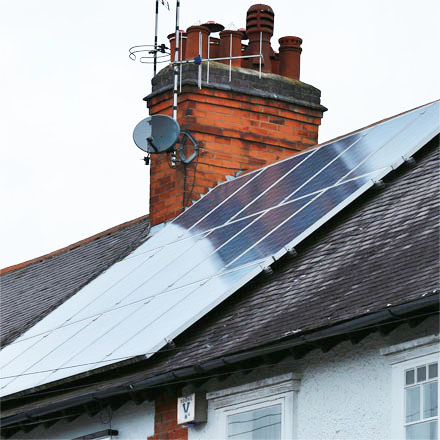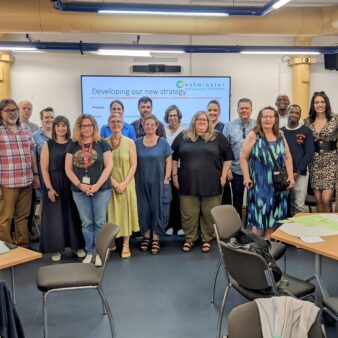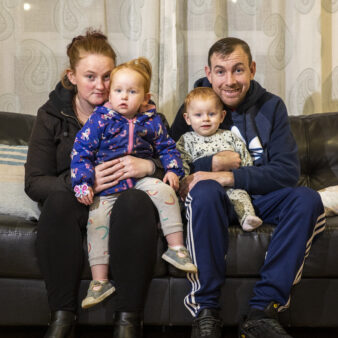
‘Does your organisation have a plan in place to decarbonise your housing stock?’
This was the question posed to attendees during an online seminar – ‘How can we make it financially viable to become carbon zero?’ – at Inside Housing’s recent Digital Housing Week. The results were surprising: nearly three-quarters (72.5%) of attendees said no. This could suggest a startling lack of foresight and preparation in the UK housing sector to address the climate crisis.
Homes account for nearly a quarter (22%) of the UK’s carbon emissions. For the country to be carbon neutral by 2050, decarbonising homes is critical to reaching its target. The UK Government has committed to require new build homes to be net zero carbon by 2025 and get as many homes as possible to Energy Performance Certificate (EPC)[1] Band C by 2035.
Yet well over half (60%) of UK homes are currently still below EPC C. And the majority of new builds, including new homes in the pipeline, are still not up to net zero carbon standards. In fact, less than 1% of new build homes in the UK have the highest energy efficiency rating. As most homes are built only to meet minimum building regulations – rather than striving to reach high energy efficiency standards – this incurs more costs in retrofitting in a few years.
Retrofitting existing homes is the greatest challenge. In the social housing sector, decarbonising housing stock would mean housing associations will have to improve over 2,000 homes every week for the next 30 years. They would need to spend an average of between £20k and £26k per home to meet zero carbon targets. This presents a huge challenge in logistics, resources and capacity. Although households would greatly benefit from energy savings, affordability is a major concern. Many tenants are already on a low-income and it would be a big ask for social landlords to reflect or recover the energy efficiency investment costs to their homes from their residents.
But these challenges also present an opportunity on scale, innovation and collaboration in the sector. A great example is the SOLCER House, the first low-cost energy positive social housing built in the UK, which shows it is feasible to deliver affordable zero carbon homes. More building and retrofitting of homes on scale will bring costs down, create green jobs, end fuel poverty, and help achieve net zero carbon targets.
The current COVID-19 crisis is a turning point for the UK government to move away from its high-carbon past to tackle the climate crisis and build back better. There is a massive opportunity to invest in energy efficiency and building skills for a green recovery. The government’s recent announcement of a £3bn green investment package to decarbonise public buildings and reduce emissions from homes is a welcome step. However, long-term government support is crucial to achieving scale and truly build a low-carbon economy.
Social housing providers, builders, and developers alike also need to push for net zero carbon standards in building regulations and collaborate to provide better and affordable solutions for new build and retrofit. As Gillian Charlesworth of BRE Group said during the session, “How can we afford not to achieve zero carbon? This is a question of future life on the planet. We need to take a holistic approach to achieve this.”
[1] An Energy Performance Certificate is required for properties when constructed, sold or let. The Energy Performance Certificate provides details on the energy performance of the property on a scale between A (very efficient) to G (inefficient) and what you can do to improve it. https://www.epcregister.com/




Join the discussion